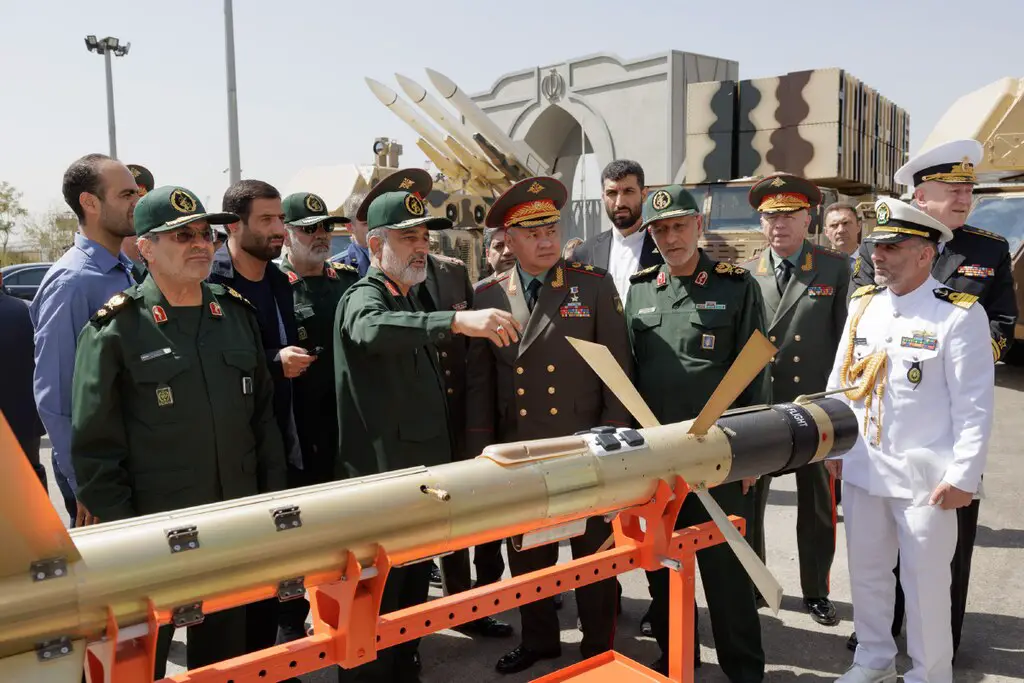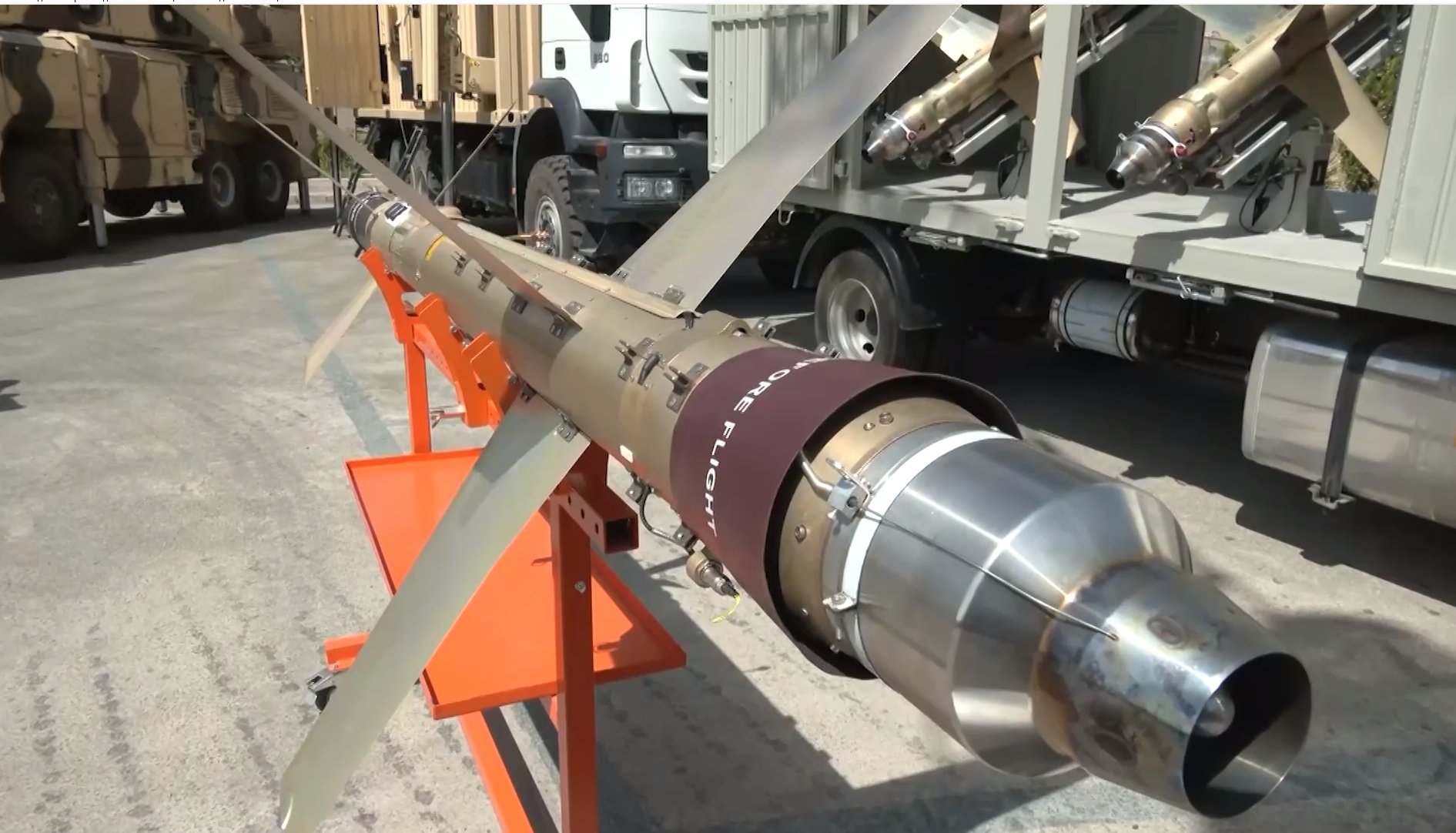Iran has recently supplied its regional proxies with the highly advanced 358 anti-aircraft missile, recognized as Saqr (Hawk) in Yemen or SA-67 system. This electro-optical warhead-equipped missile, unveiled by Iran in 2019, has proven effective in the arsenals of Houthis in Yemen and Hezbollah in Lebanon. Yair Ramati and Yaakov Lappin describe this sophisticated jet-powered weapon successfully downed an American MQ-9 Reaper over Yemen on November 8, showcasing its potency against unmanned aerial vehicles (UAVs). Despite previous interceptions of weapon-smuggling ships delivering these missiles to Yemen, they continue to enhance the air defense capabilities of Iranian-led proxies, potentially altering the regional balance of power. The deployment of the 358 missile poses a challenge to opposing forces, especially impacting Western power projection capabilities reliant on Medium Altitude Long Endurance (MALE) UAVs.
Israel, boasting significant aerial superiority supported by advanced intelligence and precision munitions, faces a shifting landscape as Iran extends its air defense upgrades to proxies like Hezbollah and the Houthis. Iran’s efforts include equipping these proxies with advanced anti-aircraft systems, MANPADs, and the elusive 358 interceptor missiles, effective against helicopters, light aircraft, and medium-altitude UAVs. Hezbollah, backed by substantial Iranian aid, has made substantial strides in bolstering its air defense systems. While specific details of its arsenal remain veiled, reports indicate the acquisition of MANPADS, Iranian-made electro-optical-guided 358 interceptors, and undisclosed radar systems. These enhancements seemingly serve dual purposes: countering aerial threats and implementing an Anti-Access/Area Denial (A2/AD) strategy over Lebanon.

The effectiveness of these air defense capabilities has been evidenced in conflicts, notably in Yemen against Saudi aircraft and UAVs, including the possible downing of a Saudi Chinese-made UAV in 2020. Hezbollah’s attempts to target Israeli military UAVs using the 358 electro-optical missiles have led to clashes where Israel employed its air defense systems, like the Iron Dome interceptors, to safeguard its assets.The Israeli Defense Forces (IDF) have reported multiple interceptions of surface-to-air missiles from Lebanon, likely the 358 missiles, aimed at Israeli UAVs and potentially helicopters. These events highlight an evolving threat necessitating adaptations in Israel’s defense strategies, acknowledging the commencement of an A2/AD strategy by Hezbollah. Hezbollah’s strides in air defense signify the initial steps towards an Anti-Access/Area Denial strategy, posing a substantial challenge to Israel’s air superiority.
The “358” missile is a loitering, surface to air missile, developed by Iran. The majority of “358” missiles were captured in seizures of illegal arms shipments to the Houthi forces as part of the UNSC arms embargo (UNSC Security Resolution 2216) imposed on Yemen since 2015. it was determined that a significant amount of components were commercially available and acquired off the shelf through a series of shell companies. The main engine was a Titan AMT gas turbine by AMT Netherlands, while an Inertial Sensor Module MTi-100 was identified to be from Xsense Technologies. The missile is observed to be using an optical proximity fuse. The “358” missile has a solid fuel booster stage for launch. Once launched, the booster will detach and the remainder of the flight will be taken over by the gas turbine engine. Given the performance of the gas turbine, sweep wing design and fuel capacity, the missile would have subsonic performance with long range and endurance. It is suspected that the missile will loiter in a simple flight pattern (e.g. lazy eight) to identify and attack targets of opportunity.















